Sandbox AR From Discovery Education Reveals The Future of AR in Schools
Sandbox AR explained by Phil Birchinall of Discovery Education as augmented reality shaping the future of education
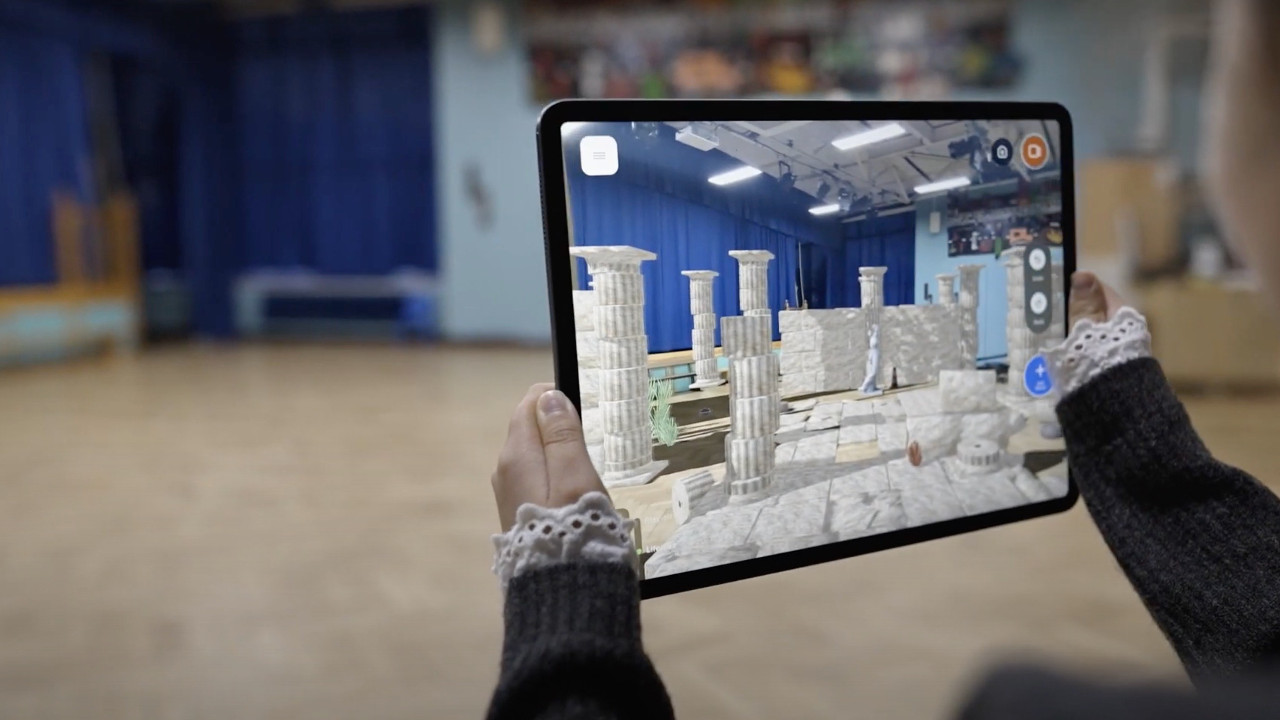
Sandbox AR comes from Discovery Education as an award-winning digital media platform that now serves over 4.5 million students worldwide across 140 countries, which isn't new. What is new is the Sandbox AR app itself.
Launched this year and shown off at Bett 2022, the augmented reality app gives a glimpse into how education could work in the future, starting now. The app, available on iPad only at launch, takes advantage of the device's camera, display, motion sensors, and high-speed processors to meld reality and digital creations.
But how does this actually work? We took a tour with Phil Birchinall, Discovery Education's senior director of immersive content and teacher of 30 years.
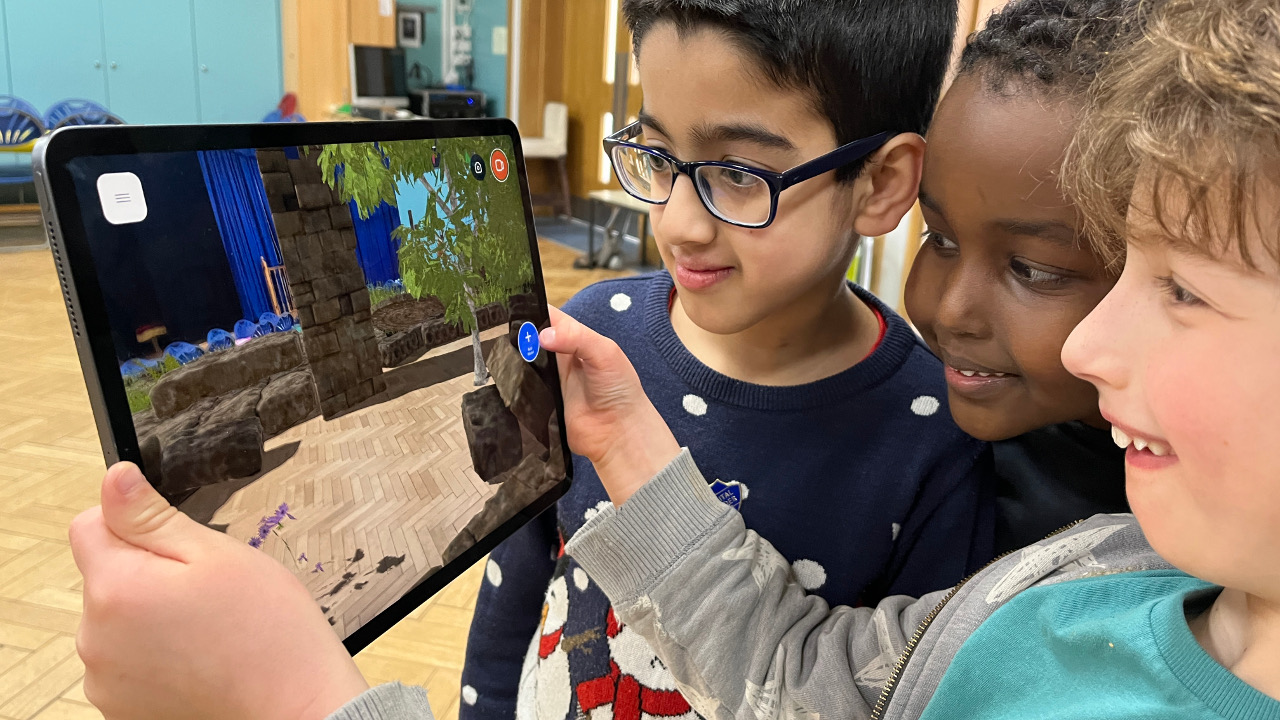
How Does Sandbox AR Work?
The app allows students and teachers to enter an empty space, say a school hall, and hold up the tablet with the camera on. Instead of displaying the empty room, the app overlays digital creations in that space. You can then move about in the real world to explore the virtual creation.
This could mean, as shown in the above real-world example picture, that students are able to explore an ancient Roman city as if it were really there right in front of them. That opens up the possibilities for school trips, allowing students not only to travel the globe virtually but to visit certain places in time as well.
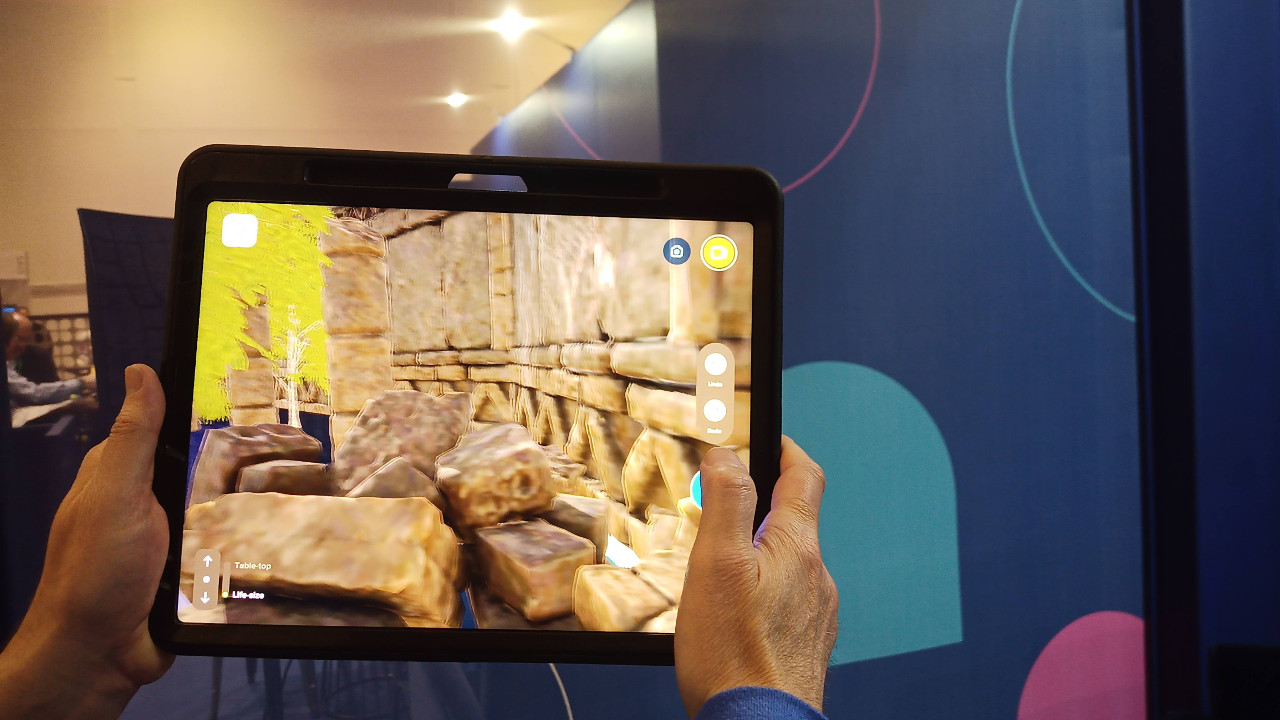
What Makes Sandbox AR Unique For Education?
Augmented reality has been around for years now, although upgrades in Apple hardware and software – following the launch of ARKit – are making that more accessible than ever. As a result, this platform has been created to simplify the process of using AR while also creating with it. Consequently, any iPad since Gen 5, in 2017, will now be powerful enough to run this app.
"We are aware of equity in schools and wanted to make sure this was accessible to as many as possible," says Phil Birchinall.
Tools and ideas to transform education. Sign up below.
What would have previously taken super powerful computers to generate AR environments is now made available to teachers and students. Sandboxes, as these spaces are called, allow students or teachers to build virtual realities to visit or to share with the class – a bit like Minecraft in AR.
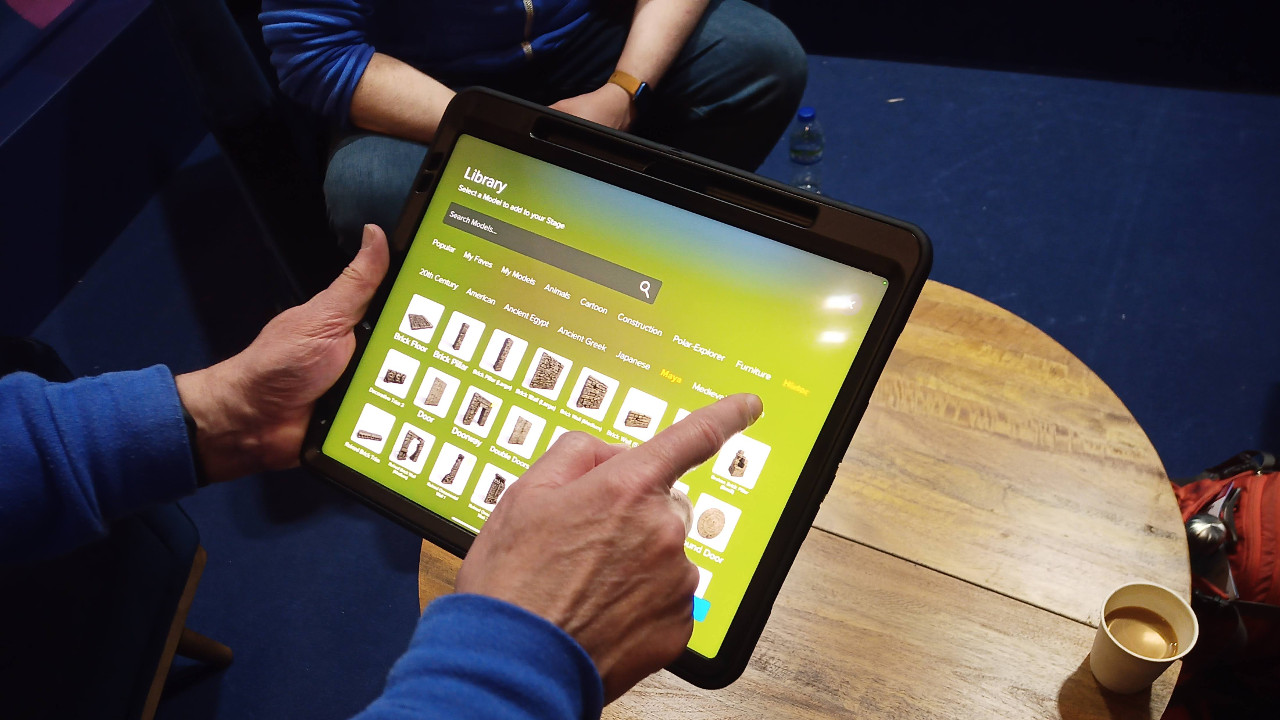
A host of pre-built sandboxes are available, allowing classes to take trips easily without the need to build. This can mean historic trips through time and space. You can also share these using QR codes, a great idea for melding with the real world. Imagine tables in a class, each with a QR code students can scan to reveal a different experiment or trip on that area.
Birchinall points out the choice of this AI over VR: "We have worked with VR for years but it's AR that works so well for education. This opens the experience up so that a group of students can explore a space together in this more sociable way of experiencing the digital world."
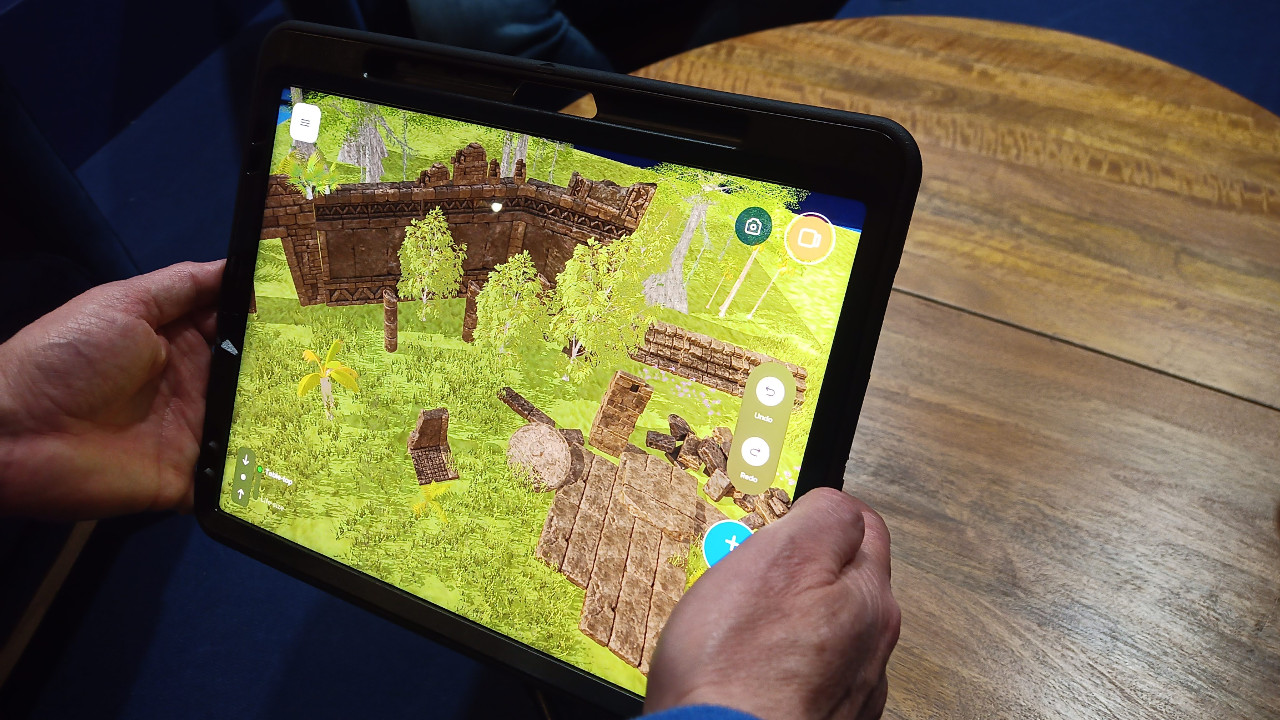
How Can Sandbox AR Be Used In Education?
We've already touched on what Sandbox AR is capable of but there is so much more. In fact, this is a virtual creation space so it is only limited by the creativity of its users. Think of how Minecraft has grown since its creation – this is a bit like that in terms of creative freedom, only with a far more lifelike and immersive experience.
The key here is that this can grow as is needed by educators and students. "We plan to have developments for major events, like Tutankhamun’s 100th anniversary that’s coming up, there will be specialist Egyptian build materials for that," Birchinall says. "But we’re also building based on what educators are asking for. We can do this with direct requests and also from the user data we see from our established De:X platform. Where this grows is up to those that use it in school and we're really excited about that."
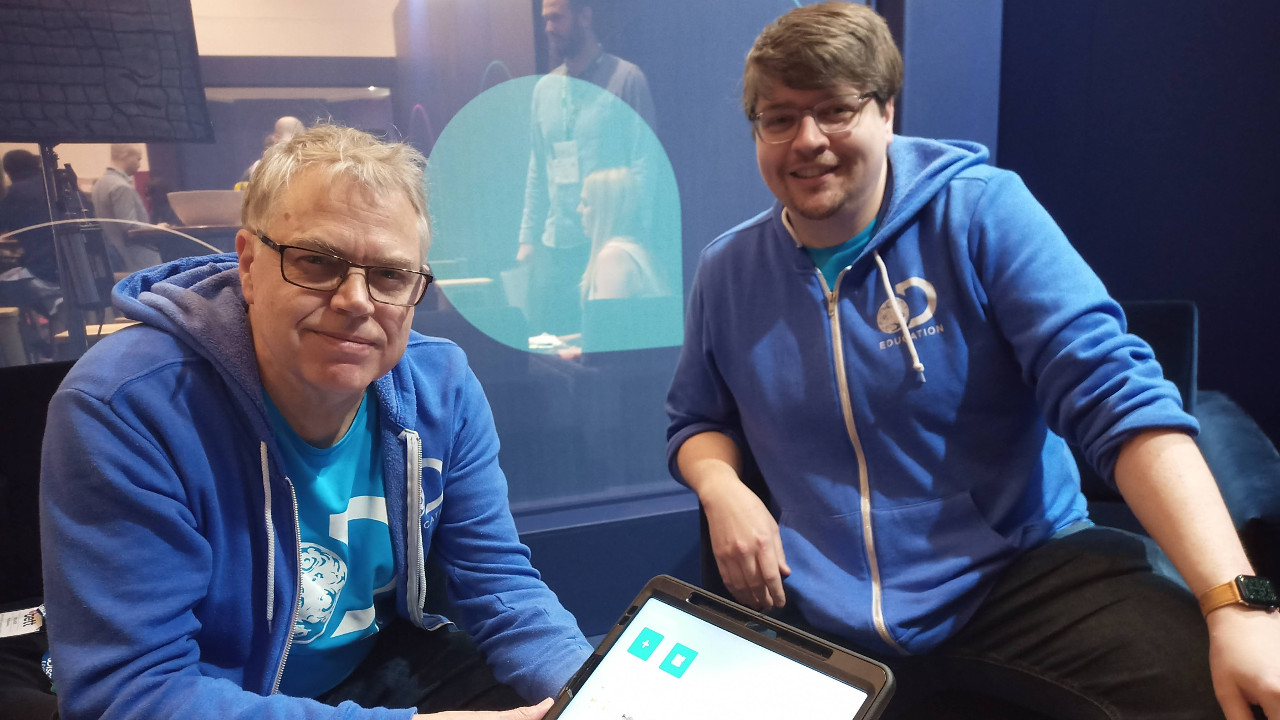
Luke Edwards is a freelance writer and editor with more than two decades of experience covering tech, science, and health. He writes for many publications covering health tech, software and apps, digital teaching tools, VPNs, TV, audio, smart home, antivirus, broadband, smartphones, cars and much more.
